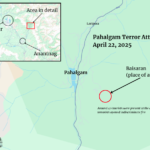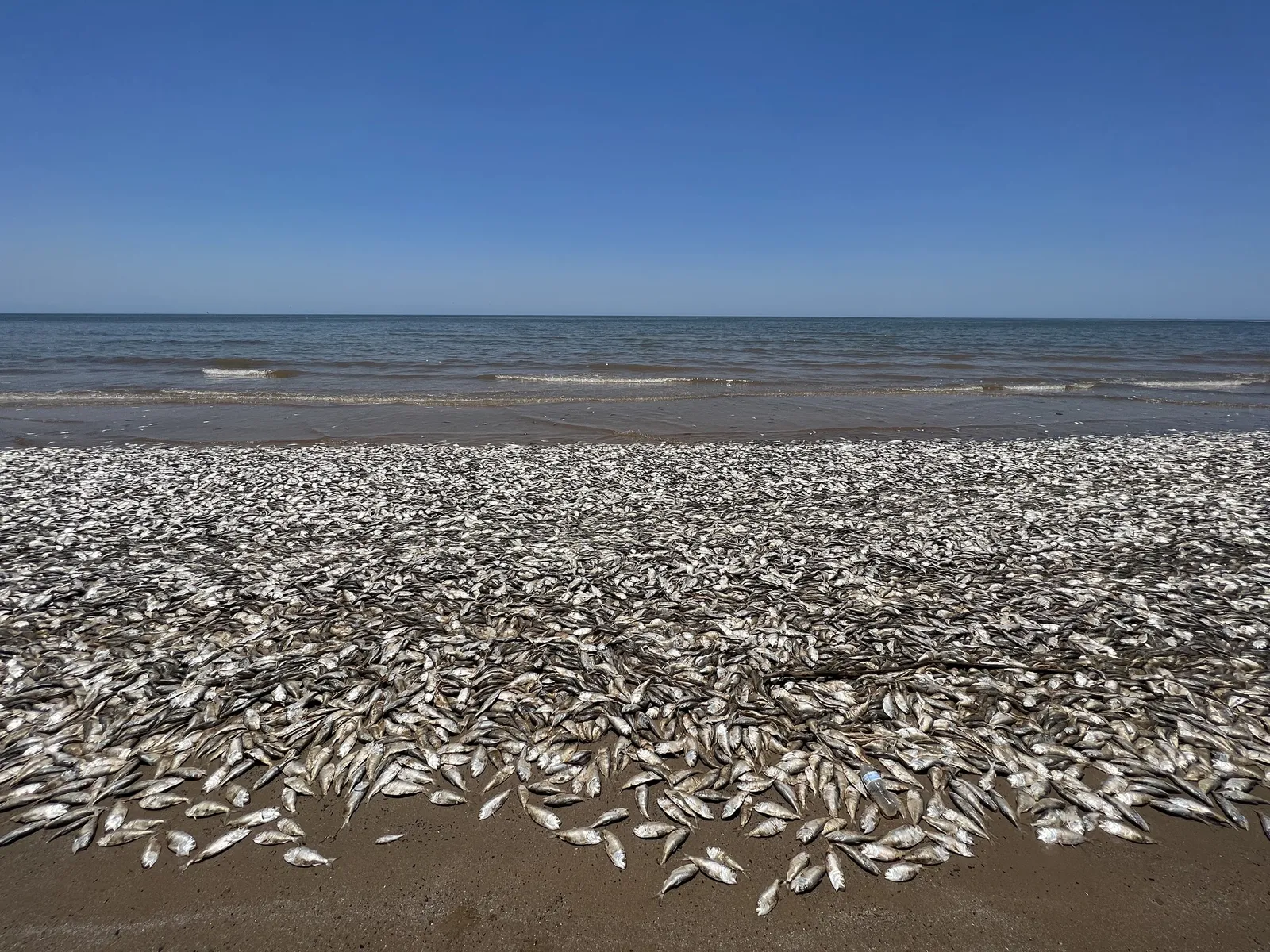Something strange is happening along the shores. In recent weeks, thousands of sea turtles and fish have been appearing on beaches and in shallow waters—some for nesting, some stranded, and others, unfortunately, dead. This has left scientists, fishermen, and nature lovers scratching their heads.
But why are sea turtles and fish coming out of the ocean all of a sudden? Is this a natural event, or is it a warning sign from the environment?
Let’s explore the real reasons behind this unusual occurrence.
Table of Contents
1. Climate Change is Disrupting Ocean Temperatures 🌡️🌊
The ocean is heating up faster than ever, and marine life is struggling to adapt. Sea turtles, for instance, depend on stable temperatures for their nesting cycles. When waters become too warm or unpredictable, they may move toward beaches earlier or in higher numbers than usual.
Fish, on the other hand, follow temperature patterns to find food and breed. Warmer waters can push them out of their usual habitats, forcing them closer to shore—sometimes in mass numbers. Think of it like a house party where the air conditioning is broken—everyone’s looking for a cooler spot!
2. Pollution & Oxygen Levels Are Driving Marine Life to the Surface 🛢️🐟
Pollution—especially chemical waste and plastic debris—has been wreaking havoc on ocean ecosystems. But there’s another lesser-known problem: decreasing oxygen levels in the water.
Due to industrial runoff and rising temperatures, certain ocean regions are experiencing “dead zones”—areas where oxygen is so low that marine life can’t survive. When fish and turtles encounter these zones, they have no choice but to move toward shallower waters, and in extreme cases, they wash up onshore, gasping for air.
3. Overfishing is Messing with the Food Chain 🎣⚖️
Imagine waking up one day and finding your fridge completely empty. That’s what’s happening to many fish species. Overfishing has drastically reduced food availability in deeper waters, forcing fish to venture closer to shore in search of sustenance.
For turtles, the disappearance of certain fish means a loss of food for them as well. This disruption in the food chain leads to erratic movement patterns and unexpected beach visits.
4. Nesting Season for Sea Turtles is in Full Swing 🐢🌴
Not all sea turtles appearing on beaches are in trouble. In Odisha, India, over 700,000 olive ridley sea turtles recently arrived for their annual mass nesting event, called “Arribada.” This is a natural and positive occurrence, showing that conservation efforts are working.
However, it’s also a reminder that human interference—through tourism, coastal development, or pollution—can disrupt these delicate nesting patterns.
5. Oil Spills & Industrial Waste Are Pushing Marine Life Out 🏭🛢️
Recent oil spills and industrial discharges have contaminated several coastal areas, making it uninhabitable for marine creatures. Turtles, fish, and even dolphins often flee these toxic zones, seeking cleaner waters or ending up onshore.
For example, in Tamil Nadu, India, over 1,100 dead turtles washed up due to accidental entanglement in fishing nets, a tragic reminder of the dangers of human activity in marine environments.
So, What Can We Do About It?
While some of these events are natural, many are direct consequences of human actions. Here’s how we can help:
✅ Reduce plastic waste—Every bottle or bag avoided makes a difference.
✅ Support sustainable fishing—Overfishing is a major issue, and we can fight it by choosing sustainable seafood.
✅ Raise awareness—The more people know, the better we can work together to protect marine life.
✅ Volunteer for beach cleanups—Small efforts lead to big changes!
Conclusion
The sight of sea turtles and fish unexpectedly emerging from the ocean is both fascinating and alarming. While some of it is natural, much of it points to environmental distress. The good news? We still have time to reverse the damage—but only if we act now.
Disclaimer: This article is for informational purposes only and does not replace expert scientific analysis.
Next Read -> Why is Bitcoin crashing with 21% Plunge: 5 Alarming Reasons Behind the Crash













